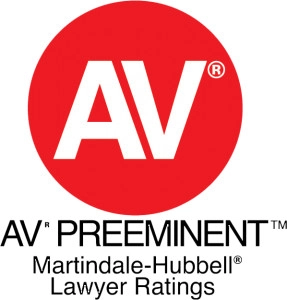Personal injury lawsuits and medical malpractice claims are highly complex pieces of litigation, requiring skill, experience, and hours of preparation. After retaining legal counsel, your DC injury lawyer should explain to you the process to recover compensation, DC personal injury laws, and how they will hold wrongdoers (known as tortfeasors) accountable for their careless actions.
Before going to trial, personal injury lawsuits must go through several phases to put the defendant on notice of the claim, collect vital evidence, consult with experts, prepare for trial, and ultimately try the case before a panel of men and women. Below is a basic outline of the steps your injury claim will likely take.
After investigating the cause of the injury and collecting vital documentation, your injury attorney will send a demand letter to the person who caused your injury. The letter will give a general outline of the claim and state a dollar amount for which the case may be settled without the need to file a lawsuit and take the case to trial.
Strong cases with obvious liability on the part of the defendant have a higher chance of settling without the need for long and expensive litigation. However, many defendants deny liability no matter how obvious the wrongdoing, and your attorney will likely need to take the next step of filing a formal complaint with the appropriate court.
If the defendant chooses not to accept responsibility for their negligence, your attorney will file a lawsuit, known as the complaint, with the court in the appropriate district. The claim will lay out a prima facie case that states factual allegations about the events surrounding your injury and how the defendant’s negligence was the cause.
Once the clerk of the court has received the complaint and necessary filing fees, the plaintiff’s attorney receives a summons to serve on the defendants, informing them of the impending legal action. Depending on the jurisdiction, the summons will likely need to be served via certified mail or even by hand to the defendant.
After receiving their summons to appear in court, the defendants usually have 30 days to answer the allegations put forth in the complaint. The defendant may either accept responsibility for the claim or, more than likely, deny all the factual allegations.






